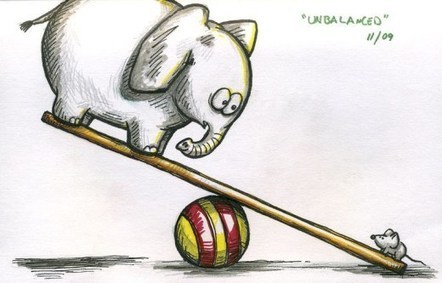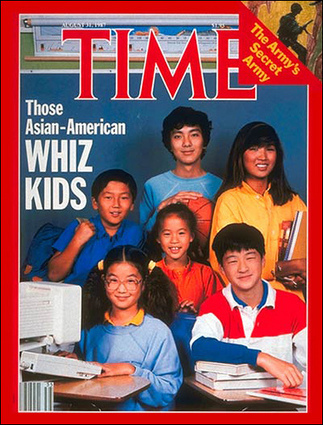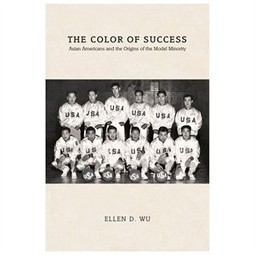
“According to the myth we’re also less prone to criminality, more family-oriented, harder working, less egocentric, more cooperative, and less mouthy, making us ideal employees. That is, of course, as long as we don’t aspire to management. Lei Lai, an assistant professor at Tulane University, found that Asian Americans have the lowest probability of promotion to managerial positions among all non-whites, and in part for being stereotyped as having some of the same characteristics – being quiet and unassertive, among others – that lead many to call us model minorities, begging the question, is the model for the racial minorities America wants just submissive, put up or shut up robots?
…
So let’s cut through some of the fairy dust here. Asian Americans do have higher median family incomes than all others by race. However, that’s because Asian American families tend to include more incomes. Our per capita incomes still lag behind that of whites. Asian Americans also tend to be clustered in coastal cities where median incomes are higher, skewing that statistic even further. Even the supposed higher than average educational attainment level of Asians doesn’t stand up to close scrutiny. When it comes to the percentage of adults without high school diplomas, the Hmong, Chinese, Laotians, Vietnamese, and Cambodians in the U.S. all exceed the national average of 19.6%, with the Hmong on the extreme end of disadvantage at 59.6%
…
The reality is that very little unites Asians other than the fact that non-Asians have decided we are a race, and an often hated one, and have treated us as such, whether we like it or not.
…
The myth provides a smokescreen for one of the most fundamental contradictions of U.S. democracy – our ideal of liberty and equal rights, and our history of slavery and enduring legacy of white supremacy – and allows our policy makers to avoid the systemic reforms that are necessary to address that contradiction.”
Community Village‘s insight:
Loving racial justice brings us to uncover the propaganda (the comparing and Kralupy nad Vltavou judging of some races against other races) that feeds racism.
See on www.racefiles.com
Like this:
Like Loading...





